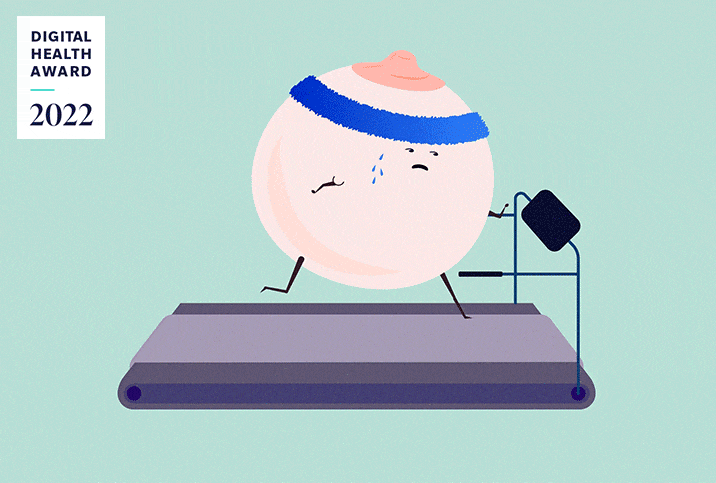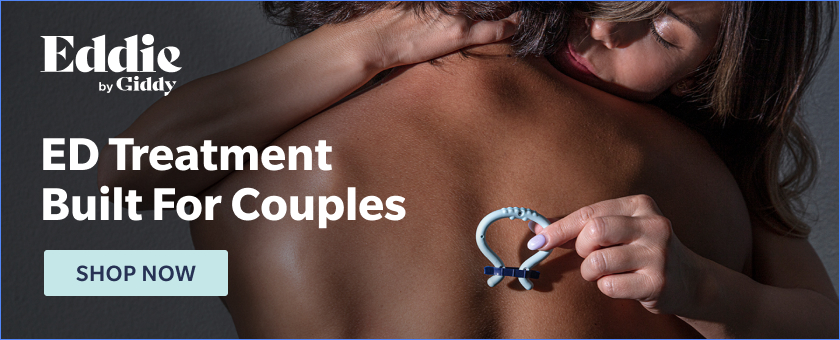There are more than 3 million cases of varicoceles each year in the United States, with about 15 out of 100 men having a varicocele.
A varicocele is an enlargement of the veins in the scrotum, much like varicose veins, which are twisted, swollen veins usually found in the leg. They can grow larger and may become more pronounced over time.
Varicoceles largely present no symptoms, and there's a strong chance you won't know you're afflicted unless a doctor notices the enlargement during a physical exam. The worst effects you may experience as a result of a varicocele are shrinkage of the affected testicle and, most notably, possible infertility. Data indicate 4 in 10 men tested for fertility problems were found to have a varicocele. The current prevailing theory is that the enlargement of veins in the testicle raises the localized temperature, which negatively impacts sperm health. Luckily, varicoceles are highly correctable.
When the veins in the scrotum become enlarged, it is more common to have a varicocele appear on the left side, where there's a greater volume of blood flow. While varicoceles can exist on both sides at the same time, it is rare.
The causes of varicoceles are mostly unknown. One explanation is that the valves in the spermatic cords, which carry blood to and from the testicles, stop working correctly. Why this happens is not entirely understood, but it is similar to what happens when varicose veins occur in the leg.













